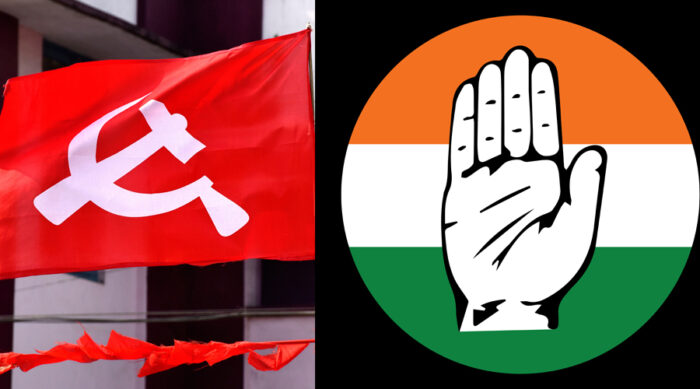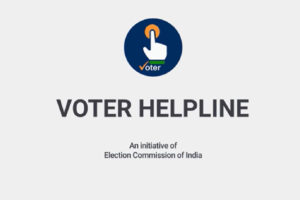When Trinamool Congress led by Mamata Banerjee claimed landslide victory in West Bengal for the third time in a row, their primary challenger, the BJP will be consoling themselves by looking at the meteoric rate at which they have made their inroads into the state. BJP had won a mere 3 seats in the 2016 Assembly polls and were bolstered to around 80 seats in 2021.
The Left-Congress-ISF alliance, or the Sanjukta Morcha or the jot, has been left decimated. The alliance is currently on course to win either one seat, or none at all.
Also Read: Post-election violence in West Bengal at Arambagh, Nandigram, Natabari, Beleghata
In 2016, the Left-front had won 32 seats, and the Congress 44. The combined fall for both of them to the tune of 75-76 seats is a massive one. They were not in with a real shot at coming to power, but this is a debacle by the yardstick of even their most conservative expectations.
Over last decade, a Left-to-Right worker-shift phenomenon has occurred in West Bengal, in which longtime Left workers and voters alike were migrating to the BJP. The shift of the Left voters towards the right had helped the BJP across Bengal in 2019. In 2021 though, it is the consolidation of the anti-BJP voters that has proved decisive in certain regions of the state.
Also Read: Sitakulchi firing-Facts on the ground do not add up with the claims by the central forces
In any election where only two parties have any reasonable shot at coming to power, a third-party/alliance is likely to take a hit, especially since voters will not perceive that option as “really being in the race.”
The TMC-BJP binary on the key narratives of this election, such as “minority appeasement” and “Bangali vs bohiragoto (outsider)” further reinforced this and ensured that the Left was not really in the conversation that voters were having.
A large citizens’ campaign called ‘No Vote to BJP’ urged voters in the state to cast their ballot in favour of the strongest non-BJP alternative, as did rallies by protesting farmer leaders like Rakesh Tikait. But Left leaders and workers seemed miffed about campaigns like ‘No Vote to BJP’, as this does not chalk out an alternative to the BJP.
For example, Aishe Ghosh had remarked that, “When you do not tell the people what the alternative is, the problem lies there.”
In a political subtext, the concern among the Left-Congress-ISF alliance was that if such a narrative took hold among voters opposed to the BJP, they could consolidate behind TMC instead, as by and large, across Bengal, TMC was seen as the more potent challenger to the BJP.
Especially in Muslim-majority districts like Malda and Murshidabad, fears of a splitting of the Muslim vote helping the BJP led to a consolidation for the TMC. This further reduced the Left-Congress-ISF alliance’s seat prospects.
It is a combination of these and myriad other factors that has reduced the once-mighty Left and Congress to almost nothing in West Bengal. And as far as the Left’s role is concerned in Bengal’s Vidhan Sabha, they were ousted from power in 2011, and have now been ousted from the opposition in 2021.





